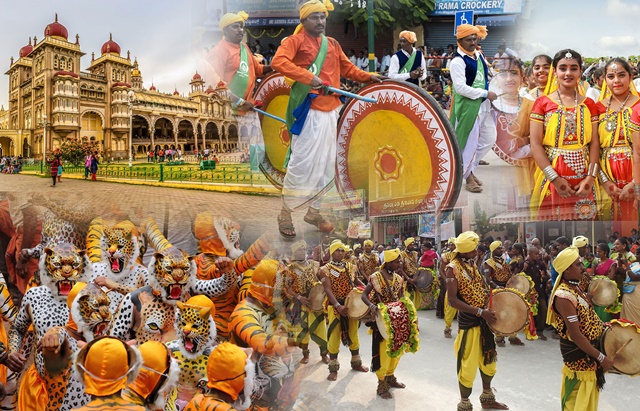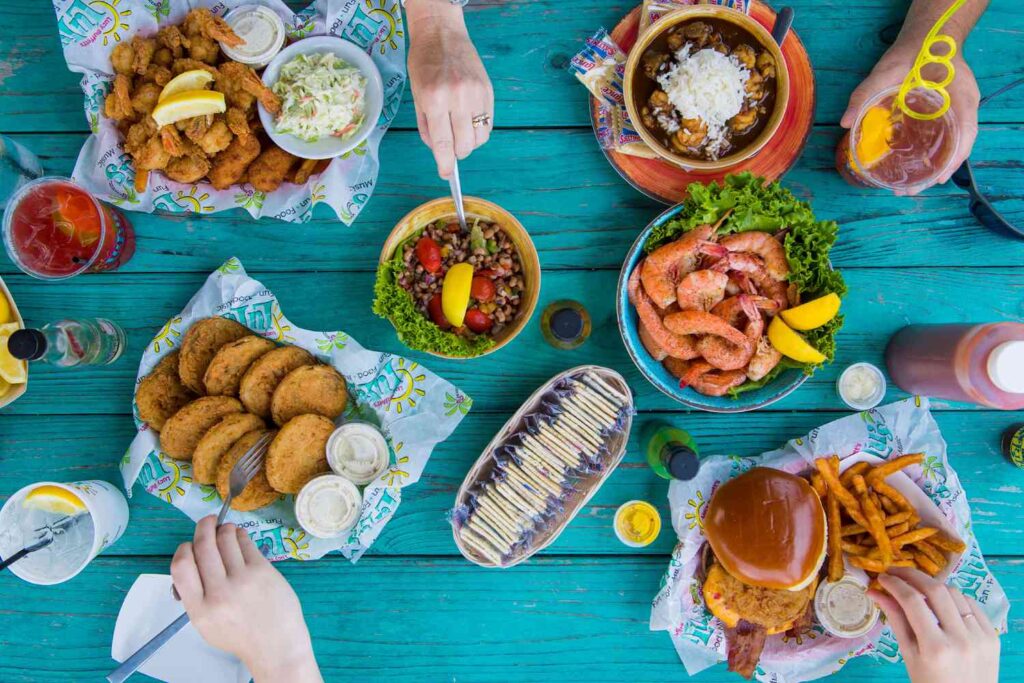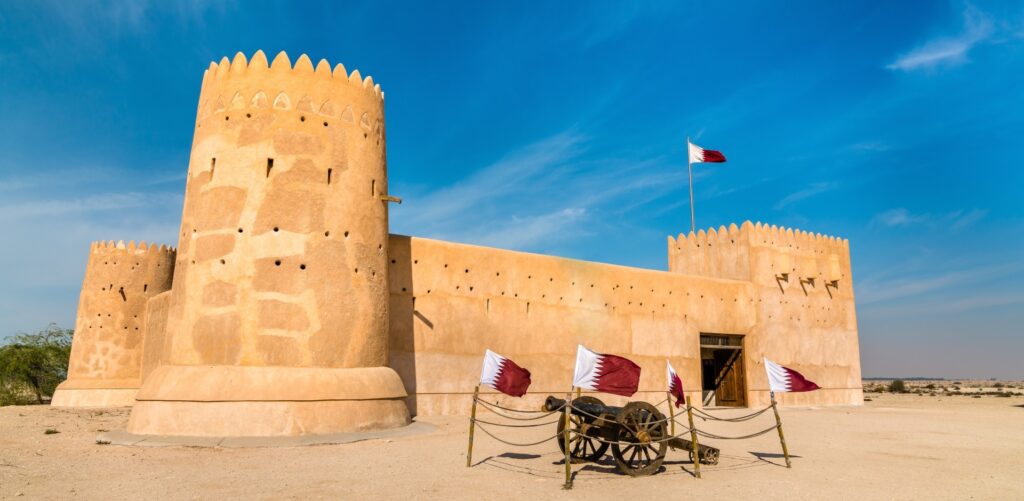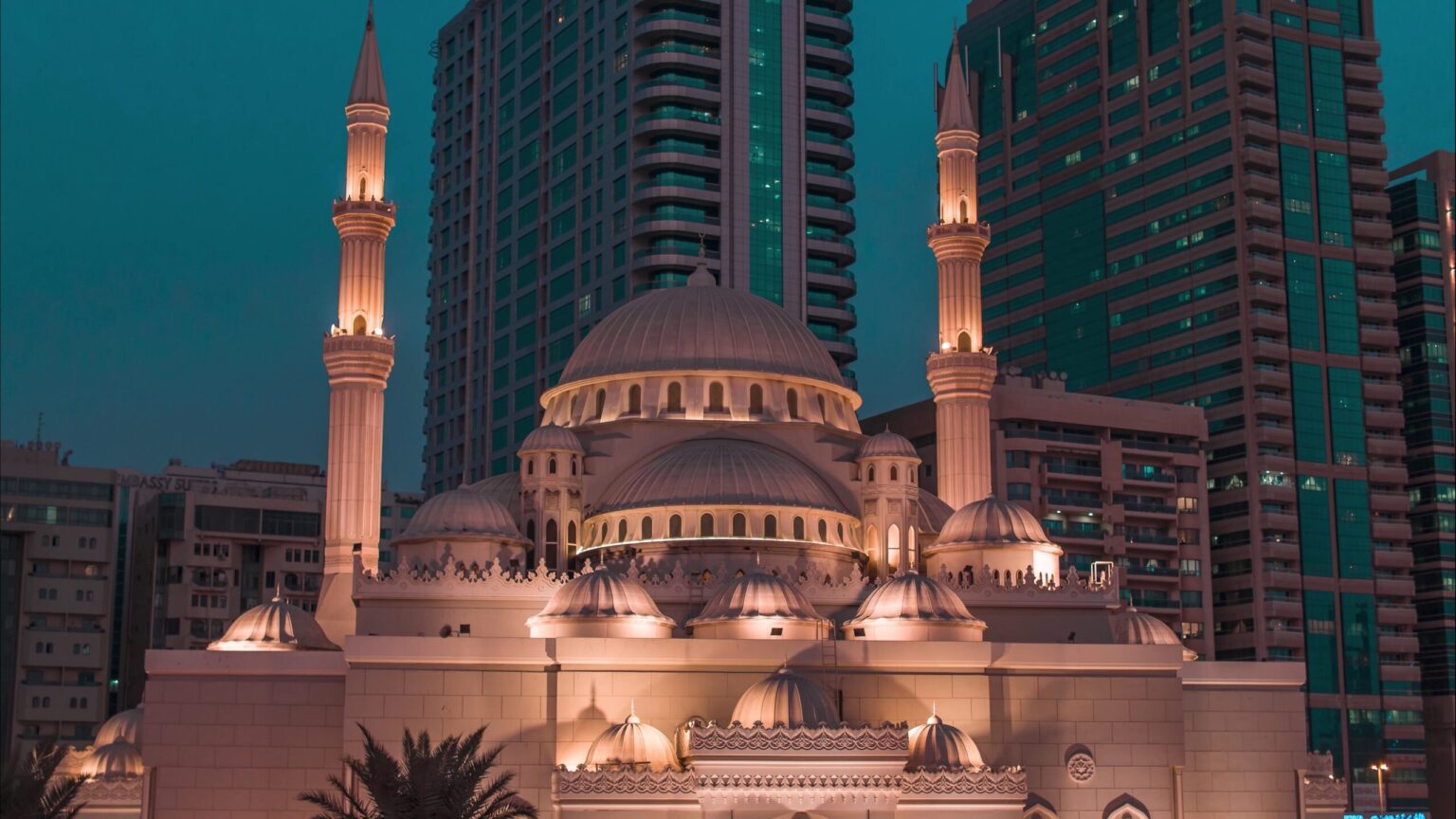The Gulf region is known for its deep cultural roots that stretch back thousands of years. From ancient traditions to modern innovations, the Gulf’s culture tells a story of resilience, growth, and pride. Today, this rich heritage is not just preserved but also adapted to fit the fast-changing world around us. Exploring the Gulf’s culture from a modern perspective reveals how tradition and progress come together in beautiful harmony.
The Roots of Gulf Culture
The Gulf’s cultural heritage is built on a foundation of history, geography, and people. This area, which includes countries like the United Arab Emirates, Saudi Arabia, Qatar, Kuwait, Bahrain, and Oman, has always been a crossroads for trade and ideas. Ancient ports and caravan routes connected the Gulf to Asia, Africa, and Europe, creating a melting pot of influences.
Traditional music, dance, dress, and food have all been shaped by this history. For example, the rhythmic beats of the oud and the energetic moves of the Ardah dance are cultural treasures that remain alive today. Similarly, traditional garments like the kandura for men and the abaya for women carry deep meanings and stories of identity.
Modern Life Meets Tradition

In today’s fast-paced world, it might seem like old traditions would fade away. However, in the Gulf, many customs have found new life by adapting to modern times. For example, traditional arts like calligraphy and weaving are now combined with new technology to create modern designs in fashion and home decor.
Many young people in the Gulf are proud of their heritage and work hard to keep it alive. They mix traditional styles with modern trends, whether in music, clothing, or even architecture. Cities like Dubai and Doha showcase this blend with futuristic skylines that include buildings inspired by traditional designs.
Preserving Culture Through Education
Education plays a key role in keeping the Gulf’s culture alive. Schools and universities include cultural studies in their programs, teaching students about their history and customs. Museums and cultural centers also offer workshops and exhibitions that connect people to their roots.
Government programs often promote cultural awareness and preservation. These initiatives encourage young people to learn traditional crafts, music, and storytelling. By doing so, the Gulf ensures that its rich heritage will be passed down to future generations.
The Role of Festivals and Events
Festivals and cultural events are another important way the Gulf celebrates its heritage. Events like the Dubai Shopping Festival or the Bahrain International Music Festival attract people from around the world. These festivals often showcase traditional performances alongside modern entertainment, highlighting the region’s unique cultural blend.
National days and religious holidays also serve as moments for families and communities to come together and honor their customs. These celebrations reinforce a sense of belonging and pride in Gulf identity.
Food: A Taste of Tradition and Innovation

Food is a powerful part of any culture, and the Gulf is no exception. Traditional dishes like machboos, harees, and luqaimat are enjoyed by families across the region. These meals are often prepared using recipes passed down through generations.
At the same time, modern Gulf chefs are experimenting with new ingredients and cooking styles. They create fusion dishes that honor traditional flavors but add contemporary twists. This culinary creativity reflects the Gulf’s wider cultural story — rooted in history but open to new ideas.
The Impact of Technology on Cultural Preservation

Technology has become a valuable tool for preserving and sharing Gulf culture. Digital archives, virtual museums, and social media allow people around the world to learn about Gulf traditions. Young artists and creators use these platforms to showcase their work and connect with others.
Virtual reality and augmented reality experiences let users explore historical sites and cultural events from anywhere. This use of technology helps keep the Gulf’s heritage relevant and accessible in the modern age.
Challenges and Opportunities Ahead
While the Gulf’s cultural heritage is strong, it faces challenges. Rapid urban development and globalization can sometimes put pressure on traditional ways of life. Finding the right balance between growth and preservation is an ongoing task for governments and communities.
However, these challenges also create opportunities. There is a growing global interest in Gulf culture, which can lead to greater tourism and cultural exchange. By sharing their stories and traditions, Gulf countries can strengthen their identity on the world stage.
A Living Heritage
Ultimately, the Gulf’s cultural heritage is not just about the past — it is a living, breathing part of everyday life. From the bustling souks to modern art galleries, Gulf culture continues to evolve while honoring its roots.
By understanding and appreciating this heritage, both locals and visitors can gain deeper insight into the region’s unique identity. The Gulf’s story shows how tradition and modernity can come together to create a rich, vibrant culture that will continue to inspire for generations to come.
Also read: How Gulf Countries Are Pioneering Digital Transformation


